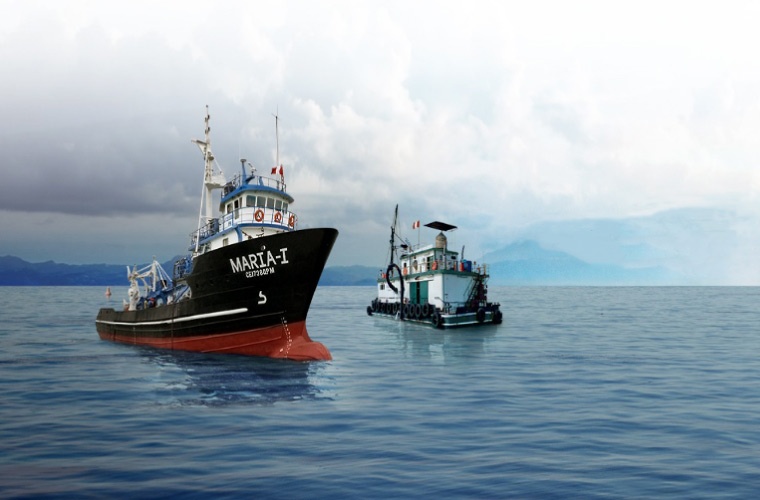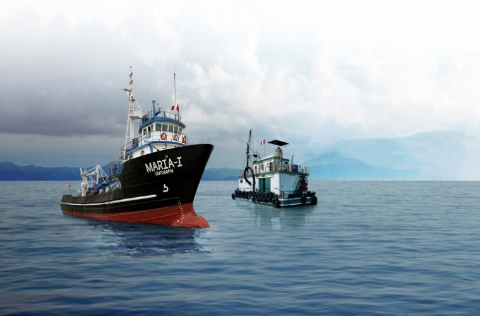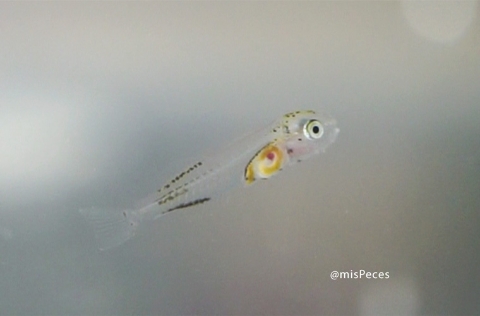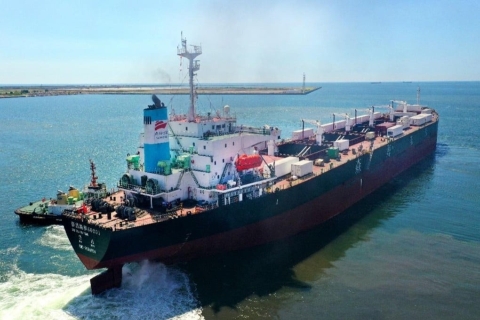
The Peruvian government has officially ended the first anchovy fishing season of 2025 in the country’s North-Central zone, following a high incidence of juveniles in daily landings. The closure, effective 23 July, included a final 24-hour window for completing operations. By the end of the season, more than 80% of the 3-million-tonne anchovy quota had been fulfilled.
Simultaneously, the second fishing season in Peru’s southern zone has now commenced, according to information provided by IFFO – The Marine Ingredients Organisation.
IFFO’s latest market intelligence reports indicate that global fishmeal production for the year to May 2025 fell by approximately 2% compared to the same period in 2024. The decline was primarily driven by reduced output in Peru and Northern Europe, while other reporting regions experienced year-on-year growth.
Fish oil output also saw a slight year-on-year decrease in the same period. Although many countries showed positive production trends from January to May, these gains were nearly cancelled out by performance declines in Europe and Peru. In Peru, lower oil yields during the current season have been a key contributing factor.
“IFFO’s 2025 estimates for fishmeal and fish oil remain at 5.6 million tonnes of fishmeal and 1.2–1.3 million tonnes of fish oil,” said Dr Enrico Bachis, IFFO’s Market Research Director.
The data reflects figures shared by IFFO members across 13 countries—including Chile, Denmark, the UK, the USA, and Peru—representing 40% of global fishmeal production and 50% of global fish oil output.
China’s domestic output constrained by fishing bans
In China, the domestic production of marine ingredients continues to be limited due to ongoing fishing bans along the coastline. As a result, fishmeal and fish oil production during the summer months relies heavily on frozen fish and by-products from processing facilities.
Compared with the same period in 2024, China's domestic marine ingredient output in the first half of 2025 has decreased. Demand for aquafeed also remained subdued, influenced by factors such as lower carryover stocks of farmed species from 2024, early market sales due to partial price recovery, and a delayed spring stocking caused by cooler weather.
Nonetheless, there are signs of a potential rebound in the second half of the year. Increased stocking activity, declining feed costs, and a more positive profitability outlook suggest that aquafeed demand may surpass 2024 levels—pointing to a potentially stronger demand for marine ingredients as the year progresses.



